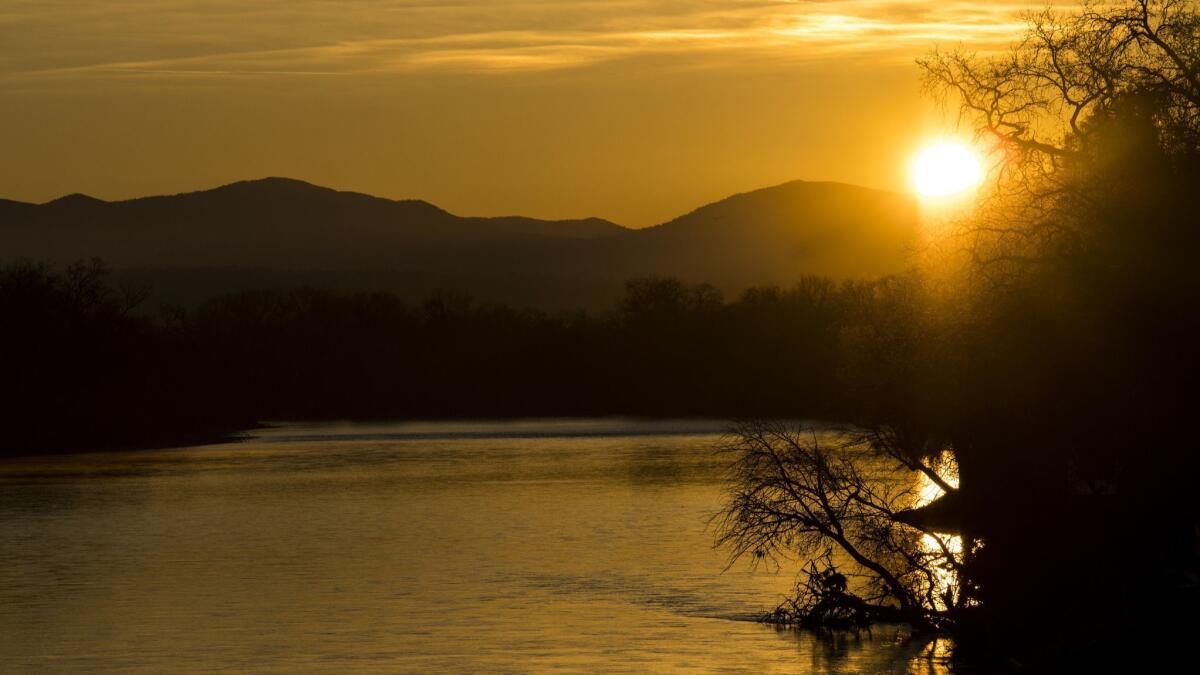Few details in Newsomâs water policy directive

Gov. Gavin Newsom on Monday ordered key state agencies to develop a blueprint for meeting Californiaâs 21st-century water needs in the face of climate change.
The executive order includes few details and doesnât appear to set a dramatic new water course for the state.
Rather, it reaffirms Newsomâs intentions to downsize the controversial twin tunnels project in the Sacramento-San Joaquin Delta, use voluntary agreements to meet new river flow requirements and provide clean drinking water to impoverished communities.
The directive calls for the Natural Resources Agency, Environmental Protection Agency and Department of Food and Agriculture to assess water demands and the impacts of climate change on Californiaâs far-flung water system.
The agencies will âidentify what priorities and actions we take in this governorâs term to strengthen resilience in our water systems throughout the next century,â natural resources Secretary Wade Crowfoot said.
The order says the plan should include innovation and new technologies, use ânatural infrastructureâ such as flood plains and encourage regional approaches.
Newsom announced in his February State of the State address that he planned to pare Gov. Jerry Brownâs twin tunnel project down to a single tunnel.
The order mentions a single water tunnel but says nothing about the size, financing or permitting of the smaller project, which would partially reconfigure the way Northern California supplies are shipped south through the delta to the San Joaquin Valley and Southern California.
The impact of climate change on California water is not simple. The latest models suggest precipitation in Northern California â the source of most of the stateâs supplies â will increase. But rising temperatures mean more precipitation will fall as rain rather than snow, reducing the natural reservoir of mountain snow pack that the state relies on.
Warmer temperatures will also worsen drought impacts.
âThe way that California has thought about and dealt with water in the last 100 years has not been integrated,â said environmental protection Secretary Jared Blumenfeld.
He added: âHow do we think about water reuse, water capture, water recycling in a way that we can set long-term, bold targets that bridge the gap between what we know is an uncertain water future with climate change and a growing population in the state?â
Twitter: @boxall
More to Read
Sign up for Essential California
The most important California stories and recommendations in your inbox every morning.
You may occasionally receive promotional content from the Los Angeles Times.











